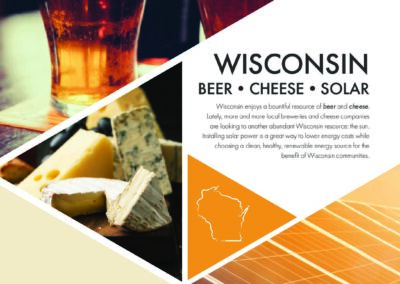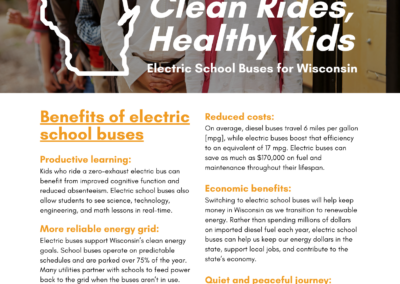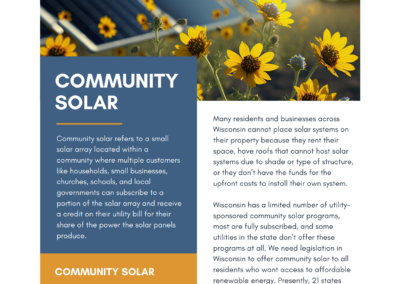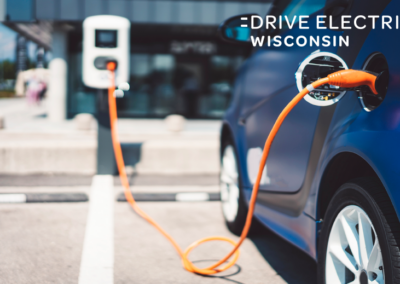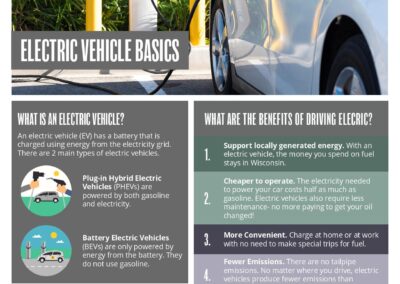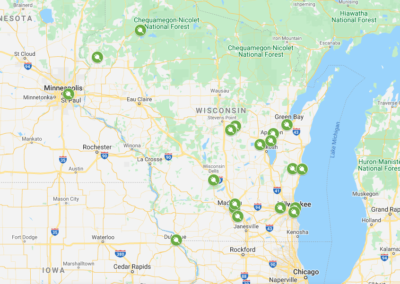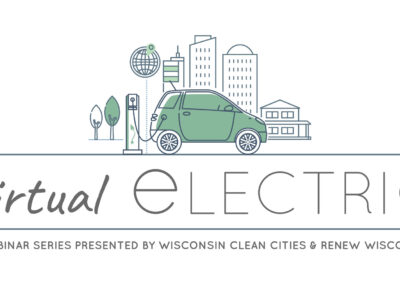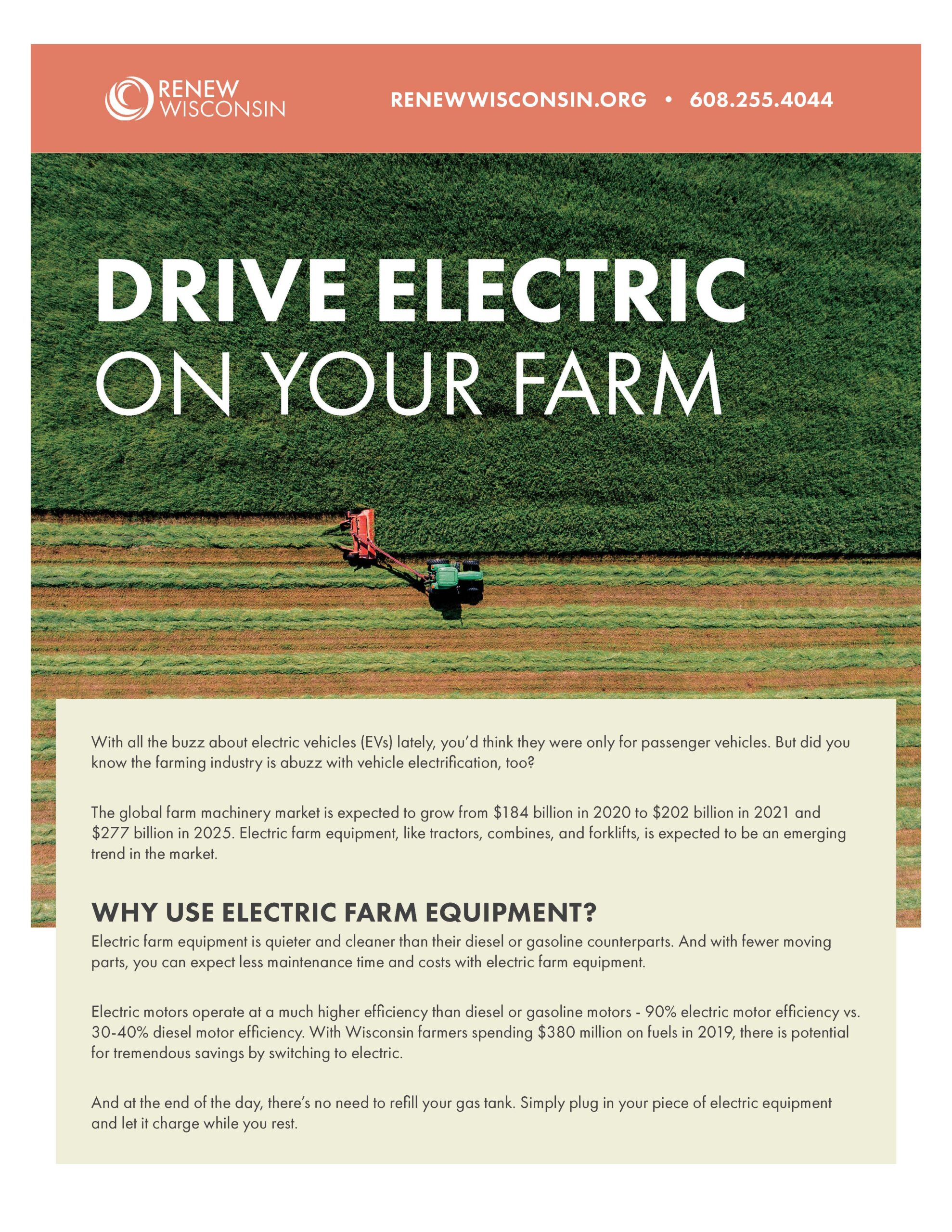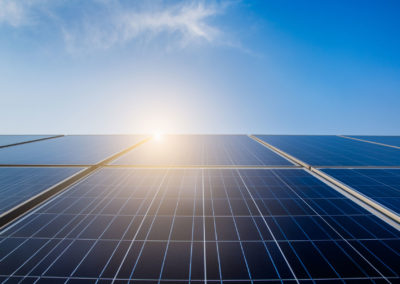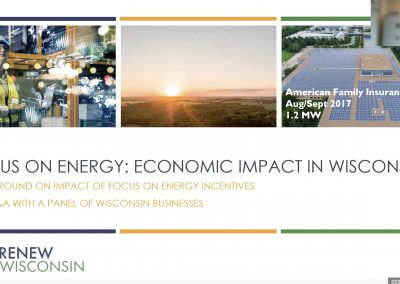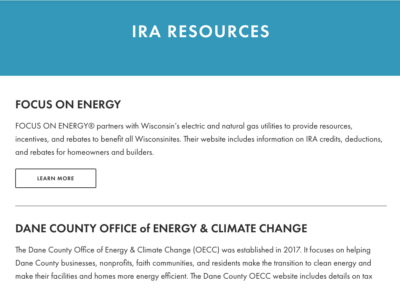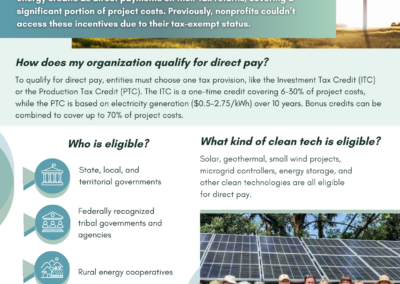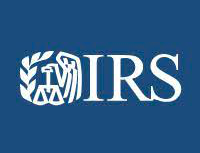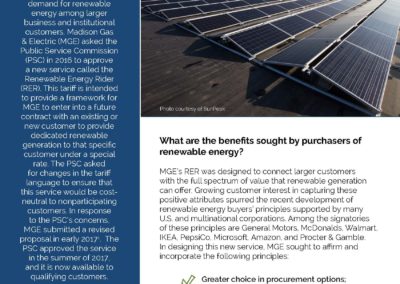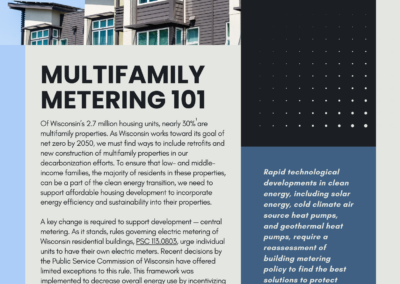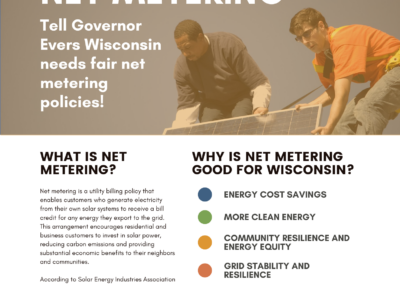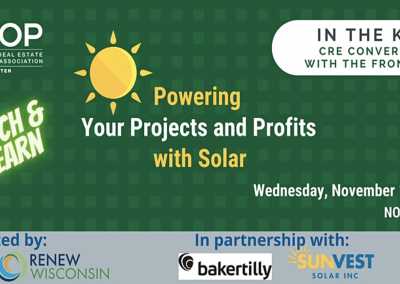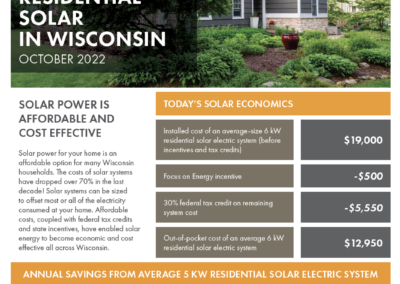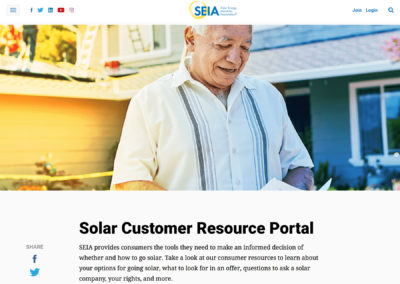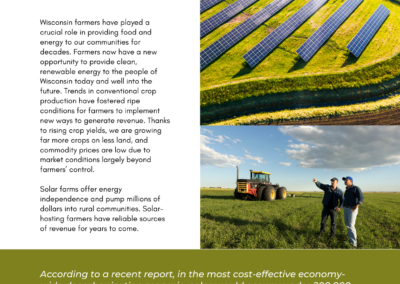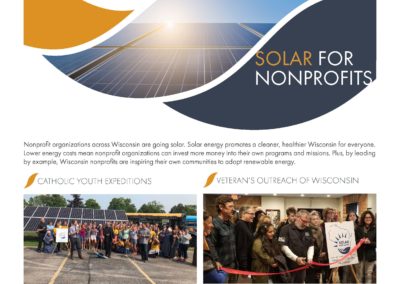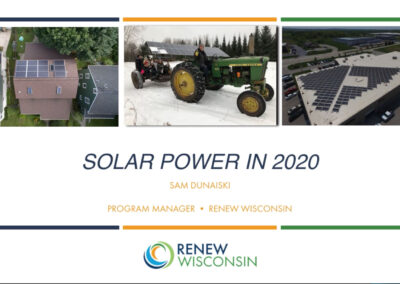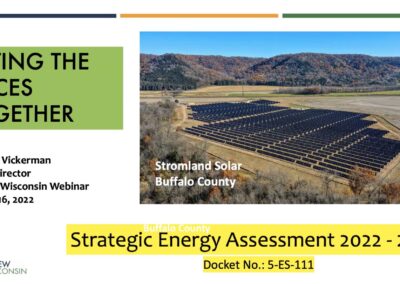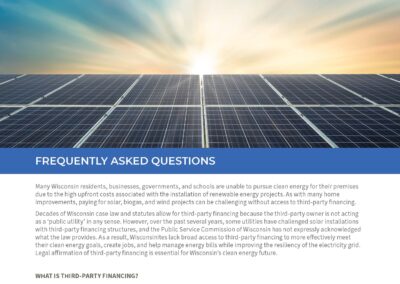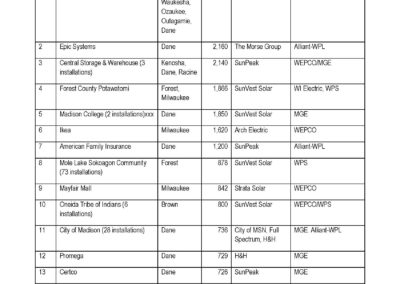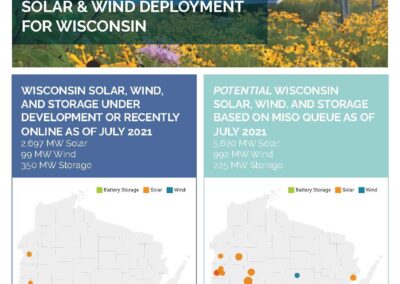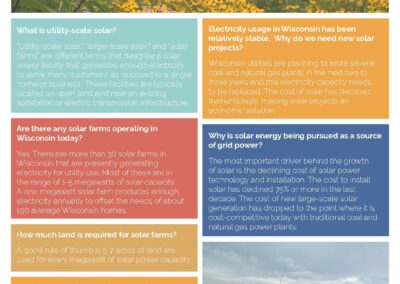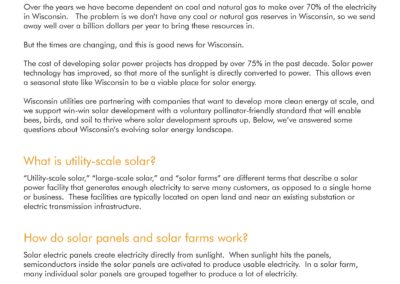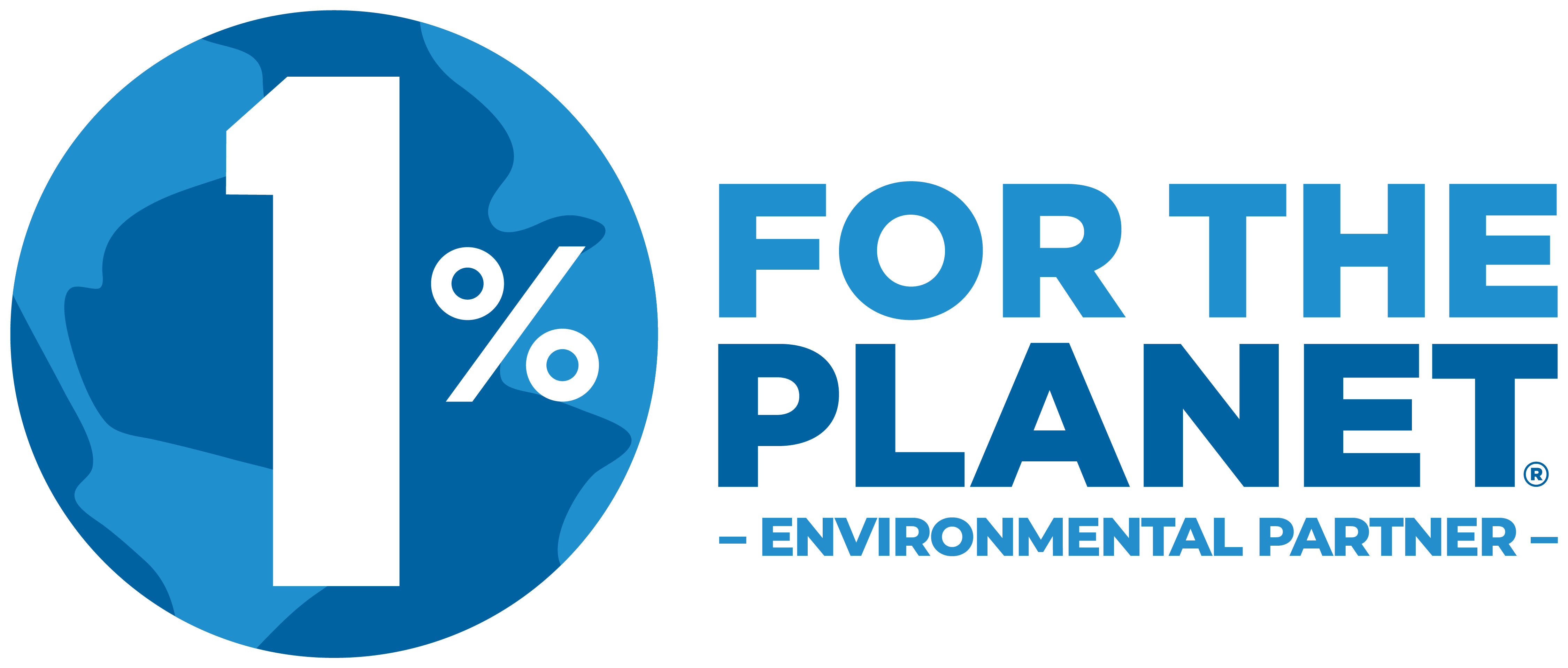Electrification is the process of replacing direct fossil fuel use such as propane, heating oil, and gasoline with electricity. RENEW supports electrification strategies that reduce overall emissions and energy costs. Electrification is sometimes referred to as beneficial electrification or strategic electrification.
To be considered beneficial, this process must meet at least one of the following conditions without adversely affecting the other three:

Reduces energy bills

Lowers carbon footprint

Improves customer quality-of-life and product efficiency

Increases grid resiliency
As an example, instead of gasoline, electric vehicles (EVs) use batteries to provide the energy to propel the vehicle. The battery is charged using electricity from the grid. Even in Wisconsin, with coal and other fossil fuel electricity generation, driving electric produces less pollution than a gasoline car, and levels of pollution from electric vehicles will continue to decline as the state’s grid gets progressively cleaner. Energy costs are ultimately lower for EVs, all without a reduction in quality of life or grid resiliency.
By fully electrifying our homes, methods of transportation, and the non-residential buildings in our communities, we can reduce our emissions by as much as 70% by 2050. To meet our net-zero goals, Wisconsin needs to target the most practical and valuable opportunities to electrify our state. This change will also increase demand for electricity, which is why these efforts are best coupled with energy efficiency improvements.
Thanks to recent improvements in technology, such as heat pumps and electric vehicles, We have real, accessible steps that people can take to begin their transition to technologies that use electricity rather than fossil fuels. Thanks to rebate opportunities through the Inflation Reduction Act, now is the time to take part in this historic transformation of our energy landscape.

